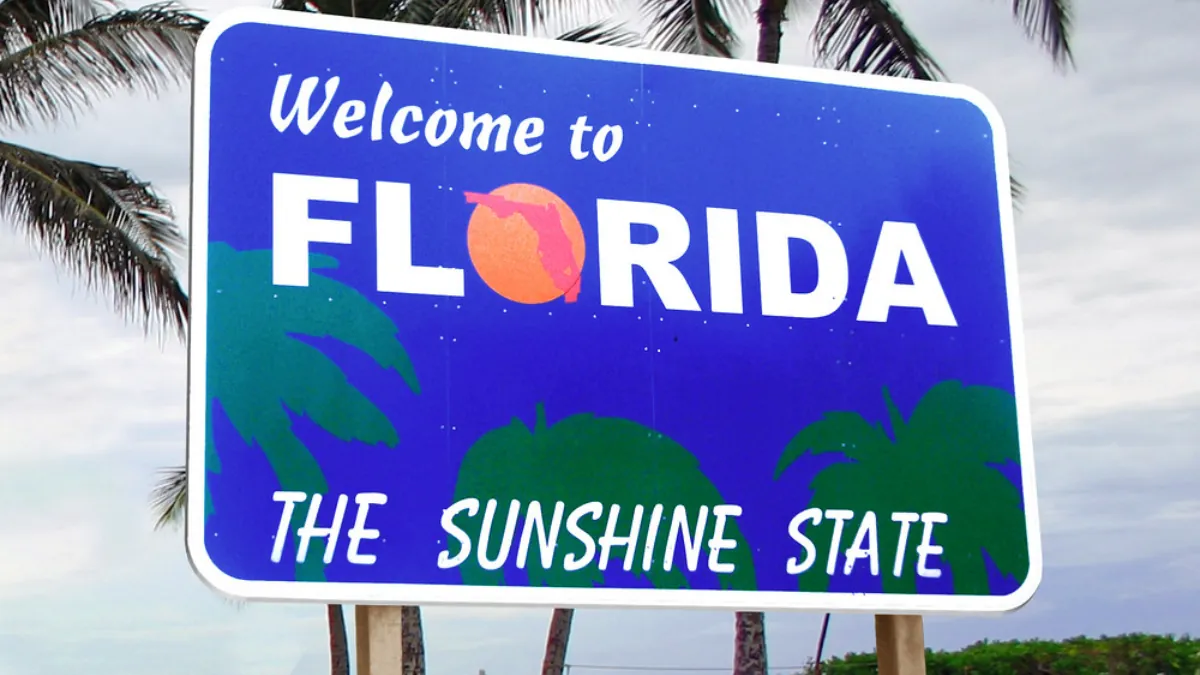Florida, the Sunshine State, is known for its warm weather, beautiful beaches, and vibrant culture. However, beneath the surface of paradise, Florida also has a high divorce rate. In fact, several Florida cities rank among the places with the highest divorce rates in the country. St. Petersburg, Florida has a divorce rate of 15.3%, making it the highest in Florida and one of the highest in the country.
Factors Contributing to High Divorce Rates in Florida
Several factors contribute to Florida’s high divorce rate. These factors include:
Socioeconomic Factors
Florida’s relatively high poverty rate can strain marriages in several ways. When couples struggle financially, they may experience increased stress, which can lead to conflict and arguments. Financial difficulties can also make it difficult for couples to afford activities and experiences that can strengthen their relationships, such as vacations, date nights, or counseling.
Additionally, the cost of living in Florida is relatively high, which can also put stress on marriages. Housing, food, transportation, and other expenses can be expensive in Florida, making it difficult for couples to make ends meet. This financial strain can lead to resentment, arguments, and a lack of intimacy, ultimately contributing to divorce.
Cultural Factors
Florida’s transient nature can make it difficult for couples to build strong social connections, which are essential for supporting marriages. When couples move to a new place, they may not have the same level of support from family and friends as they did in their previous location. This isolation can make it difficult to cope with stress, resolve conflict, and maintain a healthy relationship.
Moreover, the transient nature of Florida’s population can lead to couples having different expectations and priorities. For instance, one spouse may be more focused on establishing a career and making friends, while the other may be more focused on starting a family. These differing priorities can lead to conflict and resentment, ultimately contributing to divorce.
Legal Factors
Florida’s relatively easy divorce laws can make it easier for couples to get divorced, which may contribute to the state’s high divorce rate. Florida is a no-fault divorce state, meaning that couples do not have to prove that their spouse is at fault for the breakdown of the marriage in order to get a divorce. This makes the divorce process simpler and more accessible, which may encourage couples to end their marriages more readily.
Furthermore, Florida’s divorce laws do not require a waiting period before couples can file for divorce. This means that couples can file for divorce immediately after they separate, which can contribute to impulsiveness and a lack of consideration for reconciliation.
Impact of High Divorce Rates
High divorce rates have a significant impact on individuals, affecting their emotional, financial, and social well-being. Here are some of the key consequences:
Emotional Distress
Divorce is an emotionally challenging experience that can lead to feelings of grief, sadness, anger, and anxiety. Individuals may struggle to cope with the loss of their partner, the disruption to their family structure, and the uncertainty of their future.
Financial Hardship
Divorce often results in financial hardship, particularly for women and children. The division of assets and debts can leave individuals with a lower standard of living, and the cost of separate households, childcare, and legal fees can strain finances.
Social Isolation
Divorce can lead to social isolation, as individuals may lose contact with friends and family members who were close to their former spouse. This isolation can exacerbate feelings of loneliness and depression and make it difficult to adjust to single life.
Impact of High Divorce Rates on Society
The high prevalence of divorce also has broader implications for society, contributing to social problems and affecting overall well-being:
Poverty
Children of divorced parents are more likely to experience poverty, as their families may have a lower income and may struggle to make ends meet. This can lead to a cycle of poverty and disadvantage for these children.
Crime
Studies have shown a correlation between high divorce rates and increased crime rates. Children from divorced families are more likely to engage in delinquent behavior, substance abuse, and violent crime.
Child Neglect
High divorce rates can contribute to child neglect, as parents may be overwhelmed by the emotional and logistical demands of separation and single parenting. Children may lack adequate supervision, emotional support, and access to basic necessities.
FAQ on Florida’s Divorce Rate
What is Florida’s divorce rate?
Florida’s divorce rate is 12.9%, the fourth-highest in the United States. This means that there are 2.4 divorces per 1,000 people in Florida.
What are the consequences of Florida’s high divorce rate?
- Emotional distress, financial hardship, social isolation for individuals
- Poverty, crime, child neglect for society
What can be done to reduce Florida’s divorce rate?
Provide more affordable housing, promote relationship education, strengthen community support systems
Conclusion
In conclusion, Florida’s reputation as the Sunshine State is overshadowed by its high divorce rate. This phenomenon reflects the complexity and challenges of modern relationships in a state known for its vibrant lifestyle and tourist attractions.
While there are many factors contributing to this trend, it is clear that Florida’s divorce rate is a significant issue that warrants further examination and attention. As communities and individuals grapple with the implications of this statistic, it becomes evident that efforts to support healthy relationships and provide resources for couples facing difficulties are crucial. It is imperative for policymakers, community leaders, and residents to come together to address this issue and work towards fostering stronger, more resilient families in the Sunshine State.
Also Read:
- This Idaho City Ranks Among Places With The Highest Divorce Rate!
- This Iowa City Ranks Among Places With The Highest Divorce Rate!
- This Maryland City Ranks Among Places With The Highest Divorce Rate!




